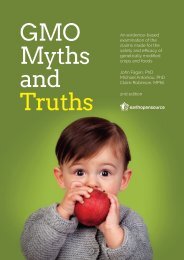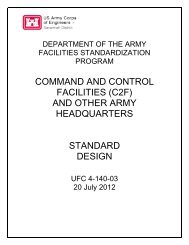1923%20Memoir%20on%20Maps%20of%20Chinese%20Turkistan%20by%20Stein%20s
1923%20Memoir%20on%20Maps%20of%20Chinese%20Turkistan%20by%20Stein%20s
1923%20Memoir%20on%20Maps%20of%20Chinese%20Turkistan%20by%20Stein%20s
Create successful ePaper yourself
Turn your PDF publications into a flip-book with our unique Google optimized e-Paper software.
62 THE AIBl'S [Chap. Ill<br />
form of tlie nsme as actnally l~rononi~cod b.y the local inhabitants or<br />
Spe'lina l'urki locnl pides, refraining from any attem1)t to spell the rlame in accordauce<br />
names.<br />
with its presumed correct Torki et~ymology. I am aware that this<br />
method of record 11as implied in certain cases obvious i~lconsistencies. But it appeared the<br />
safest in the case of a geogral)hical stiltlent like myself ~vlro, thong11 an Orientalist fa~niliar<br />
\\.it11 Persian and the spolieu la~lguage of Cliinese Torltist-iin, does not profess to be a 'l'urkologizt.<br />
It must nlso be ren~rntbered that the Easteru 'l'urki spolten in the Tiirint basin<br />
and adjacent regions has not rvolved a standard literary form, arid tl~at any atteulpt to spell<br />
their local names after tlre fashion atloptcd in nod ern lit,erary ~~roductions of t,he Turliishst.'ealiing<br />
1,opulat.ion of liussiau Central Asia ancl regions further \vest would very often render<br />
them unrecognizable to tile peo11le on tlre spot.<br />
In recordin? Turki a ~ ira~~ian ~ d names I l~ave follo\\red the s)-stem of transliferation<br />
al>proved by the International Congress of Orientalists and used also,<br />
Systcm of tmoslile~.;b- in its simplified Hu~rteriat~ form, for Indian Government p~~blications.<br />
tiol?.<br />
Tl~e use of tliacritieal marks I~as, ho\verer, been restrictell to tlrc indispensable<br />
minin~nm. Hence no distinction 11as been tnade in the case of words derired from<br />
Arabic between tile se\reral kinds of'sibilants, gutturals, etc., wllicll are pronoonced alike by<br />
the people of Cllinese Turkistiio.<br />
It llas seemed to me courcuiel~t t,o separate the componeut parts of Turlci and friini;rn<br />
names, wherever clearly recognizable as distinct nords, by tile uniform<br />
Co~u~~osition of 'hrrlti<br />
3U,l naulCa, employment of hyphens, and to use these, too, to marl; tile connection<br />
with the names prollcr of such common terms as tlrrtcdn or pass, ~>~o=cir<br />
or sllriue, Lul (also kol, k~tl! or lal:e, etc. I rnnst, honerer, confess in t,l~is ~nattcr of hylillens<br />
and similar to occasional ir~consistencics, hoping tllat they \\ill he the more readily excused<br />
iu view of the prolonged period owr which both the original snrveyr and t,heir cartograpllic<br />
elaboratiou ha~e extended. Finally, I trust that the convenient brevity and significance of<br />
such Turki terms as srri (gravel plateau or stony glacis), y~ir (ravine in alluvial soil), ytirdu,tg<br />
(mind-eroded ridge), and a few ot,hers, mill be held to justify their use in clescripti\.e entries of<br />
the map, eveu on gronnd \\.liere 'l'urki is not the local tongue.<br />
Thus the word for 'lake ' lnny xppenr as the -&be, de6e or-,lala; the \vorrl for '~uill ' at the begineoncludi~~g<br />
part of locnl nnmes in the nnme region as niug or end of compouu~l ~inwes as tiglrat,t~ae, fiighiir-<br />
-kul, -kol or .k61; similarly the word for 'hillock' as ittert, liiylreaejr, or lirgoittre~r, etc.






